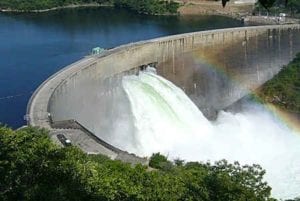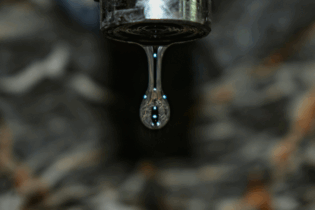The Kariba Dam Rehabilitation Project received a US$100 million cash injection this week.
The World Bank’s Board of Executive Directors approved a US$75 million International Development Association (IDA) Credit and a US$25 million grant from the Government of Sweden to Zambia for the project. The project, with total financing of US$300 million, is being co-financed by the African Development Bank and the European Union and will help the Zambezi River Authority, which is responsible for the management of the Kariba Dam, to reshape the dam’s plunge pool and refurbish its spillway, as well as improve dam operations in order to bring it up to international safety standards. “Rehabilitation of the Kariba dam is an important component of the World Bank’s larger program for boosting the energy security of Southern Africa. There is much more to be done in reaching that goal, but today marks an important milestone in securing the Kariba dam for the coming decades,” said Makhtar Diop, the World Bank’s Vice President for Africa.Kariba Dam Hydro-Electric Scheme
Cross-border energy trade made possible by the Kariba Dam Hydro-Electric Scheme is central to increasing access to electricity and lowering costs for millions of people.The project supports the development strategy of the Southern Africa Power Pool, a framework established in 1995 to provide regional solutions to electricity generation for the member states of the Southern Africa Development Community.
“The Kariba Dam has been in operation for more than 50 years and the proposed interventions are well timed,” says Marcus Wishart, Senior Water Resources Specialist at the World Bank and Task Team Leader for the Kariba Dam Rehabilitation Project. “This project represents best technical practices in complex dam rehabilitation and is designed to ensure that adequate attention is given to the environmental and social aspects during implementation as part of the broader program of support to ensuring sustainable, climate resilient development of water resources in the Zambezi River basin,” he concludes.







